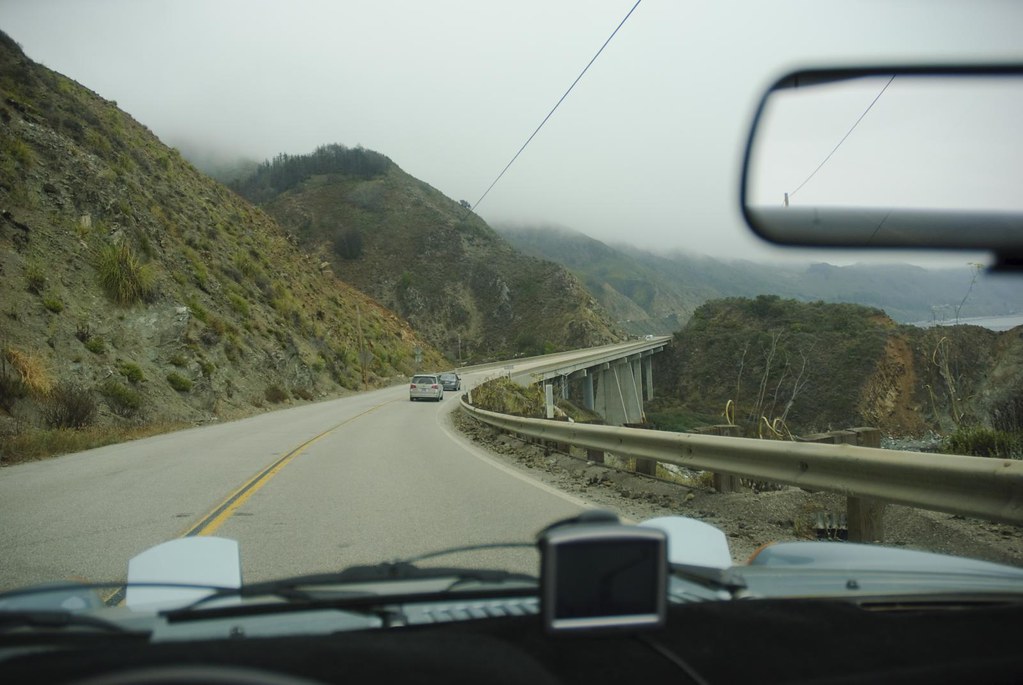QUOTE(McMark @ Aug 25 2009, 02:26 PM)

How did it work out? Learn any tricks you might wanna share?

Mark's been watching my facebook updates.

We made it home last night. Sunday sucked though. Lots of mini break downs due to overheating FI & ignition components. I learned that in this car I should have stayed on the coastal routes and left the warmer inland routes for a more tried and tested car that wasn't already showing signs of wanting to overheat.
The good news is that on the last leg/day from Fresno to Santa Rosa, we took it really slow coming up the 99 and we didn't have any other issues.
The gearbox is toast though. With 350,000 on it I knew it was just a matter of time before it was going to let go. The diff was noisy at the start of the trip, now it's nearly twice as loud. The whole thing got so hot that something in the gearbox has gone wonky and now it's really hard to shift in and out of all gears. Very very stiff.
The gauge never got into the red, but I'd say it was within an 1/8" at one point! Stuff that was in the rear trunk, including my laptop, got so hot you couldn't touch them. The laptop survived (don't ask why I threw it back there - *brain freeze*).
Along Hwy 395:

LA, near Beverly Hills:

Along the Tehachapi Pass:

Hwy 1, somewhere around Big Sur:

Tons more at
http://www.flickr.com/photos/pixelrandy/se...57622111332098/






